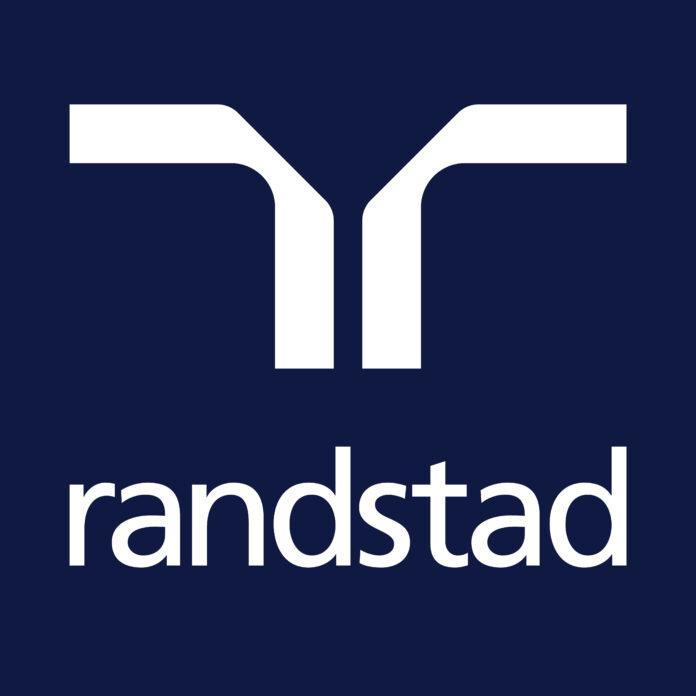Periods of lower demand in the rail calendar are often treated as dead time in offices across the UK. They shouldn’t be. For operators, rolling-stock owners, contractors and SMEs in the supply chain, these windows are the best chance to sharpen your bid engine—so when opportunities land, you respond faster, evidence better and price with confidence. Three focus areas matter most: build an industrial-strength tender library, quantify proof across the whole ESG–safety spectrum, and pilot digital innovations that demonstrably improve outcomes.
Build a living tender library (not a document graveyard)
Winning work is rarely about who writes the most; it’s about who proves the most, quickly. Use quieter months to:
- Standardise re-usable answers to common PQQ/ITT prompts (competence, competence management, risk, CDM, RAMS, methodology). Lock each down with an owner, next review date, and evidence links so content stays current.
- Pre-write scenario playbooks for typical work types—possession planning, minor civils, stations, S&C renewals, OLE, digital signalling enablement—each with risks, mitigations and resourcing logic.
- Create a graphics kit (methodology diagrams, RACI matrices, bow-tie risk visuals). Visuals save evaluation time and reduce ambiguity.
- Tag everything by CP7 outcomes, route/region, discipline and client (Network Rail/TOCs/ROSCOs), so bid teams retrieve in seconds rather than days.
The payoff is cycle-time: you can get to a credible first draft in 48 hours and spend the remaining time refining win themes instead of hunting for pasting fodder.
Turn claims into numbers—especially on social value, sustainability and safety
Buyers increasingly score on proof, not promises. Build a single, auditable evidence hub and keep it refreshed.
- Social value: quantify apprenticeships, local spend within X miles of site, volunteering hours, SME/VCSE spend, and progression of under-represented groups. Link each metric to the procurement framework’s TOMs or client-specific model so the evaluator can map impact to their scoring sheet.
- Sustainability: show baselined and projected carbon for typical work packages (e.g., drainage renewals, platform works), plus interventions that move the dial—battery tools, HVO/renewable diesel strategies, temporary power alternatives, low-carbon materials. If you’ve trialled battery multiple units or charging systems in your ecosystem, make that part of your evidence narrative.
- Safety: go beyond AFR/LTIFR. Evidence proactive controls—close-call resolution lead times, SHEQ observations per 1,000 hours, positive intervention ratios, and digital briefings adoption. Tie these to client outcomes such as fewer trackside person-hours through remote inspection.
Crucially, package evidence as case studies with a common spine: context → action → quantified result → transferability to the buyer’s asset/base.
Pilot practical digital innovations—then write them into your bids
Digital for digital’s sake won’t win tenders; proven impact will. Over the coming months, pick two or three innovations that are both credible in UK rail and testable on low-risk work.
- Predictive maintenance & analytics: Network Rail’s “insight” platform uses AI to predict and warn maintenance teams of likely faults, synthesising measurement trains, imagery and remote condition monitoring. That direction of travel is clear; suppliers who can plug into similar data models and show avoided delays or safer access will stand out and SMEs can use technology like this specific to their work – it’s about getting out there and finding the rightsolution. (Network Rail)
- BVLOS drones for inspection: Beyond-visual-line-of-sight trials on the railway are progressing to reduce human exposure, accelerate inspections and cut possession time. If your scopes include lineside, structures or vegetation, a BVLOS-ready workflow (permissions, air risk, data management) can now be a realistic differentiator. (Network Rail Media Centre)
When you pilot, design for evidence: agree success measures up front (e.g., X% fewer trackside hours, Y% reduction in repeat defects, Z minutes saved in turnaround), collect baseline and post-pilot data, and build a one-page “innovation proof pack” you can drop into bids.
Make procurement’s job easier
Great bids feel easy to evaluate. During the lull, align your boilerplate and evidence to how buyers score:
- Mirror the evaluation matrix with signposted sub-headings and short executive summaries per question.
- Include client-specific risk registers and interface maps (e.g., with Route Control, Stations, FRE/OPS, maintainer depots).
- Embed programme and resource logic (TILOS/Primavera snapshots) showing access efficiency and performance protection.
- Provide a carbon and social value forecast on the programme bar chart, not just in an appendix.
- Pre-negotiate and file letters of support from key delivery partners and OEMs tied to specific scopes.
Do this, and you become the “low-friction” choice—often the tiebreaker when scores are close.
Governance that speeds you up
Tender libraries and pilots only help if they’re maintained. Set a monthly content review board (Bid, Ops, SHEQ, HR/Skills, Finance) with a standing agenda: expiring content, new case studies, metrics refresh, lessons learned from live work. Use versioned templates and a search layer so teams can self-serve.
Where Rail Industry Connect can help
Rail Industry Connect exists to make this prep work lighter and smarter. Over the coming months, it can:
- Benchmark your tender library against current UK buyer requirements and build a gap-to-gold plan.
- Stand up an evidence hub that turns your claims into auditable numbers across social value, sustainability and safety—mapped to client-specific scorecards.
- Curate and run low-risk digital pilots with credible partners (e.g., drone inspections, analytics overlays), with measurement frameworks that convert into bid-ready case studies.
- Coach your bid team on narrative, structure and evaluation alignment—so every submission is faster, clearer and easier to award.
Quiet months are your competitive edge. Use them to industrialise your evidence, productise your know-how, and prove your innovation where it counts—on outcomes buyers care about: safety, reliability, customer experience and carbon. When the next ITT drops, you won’t be scrambling; you’ll be ready.





